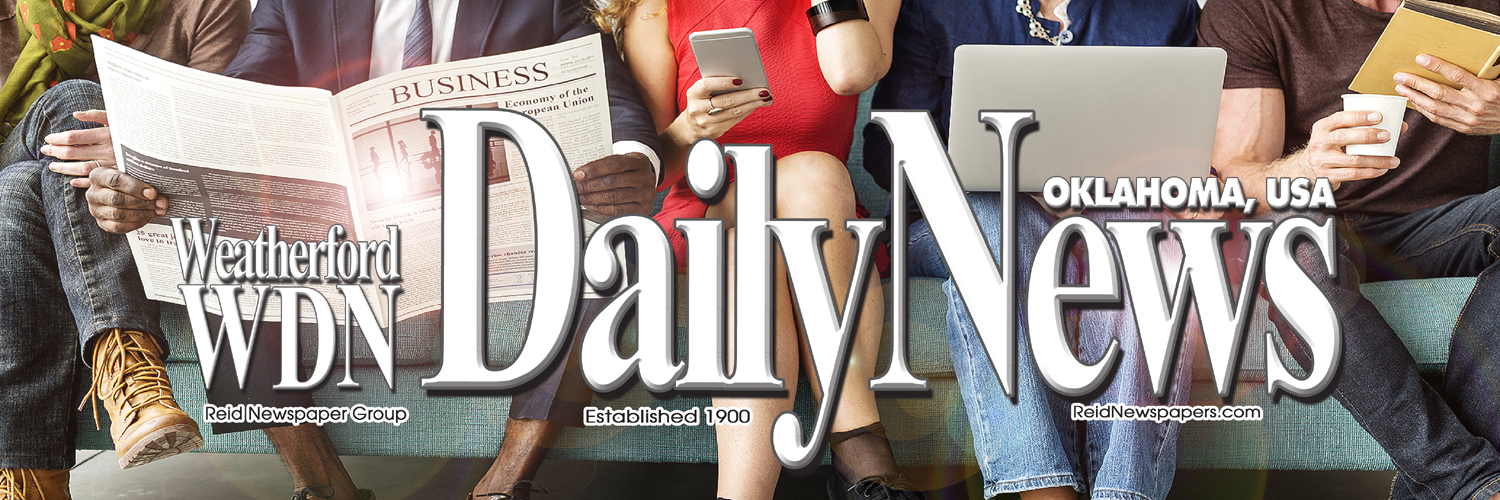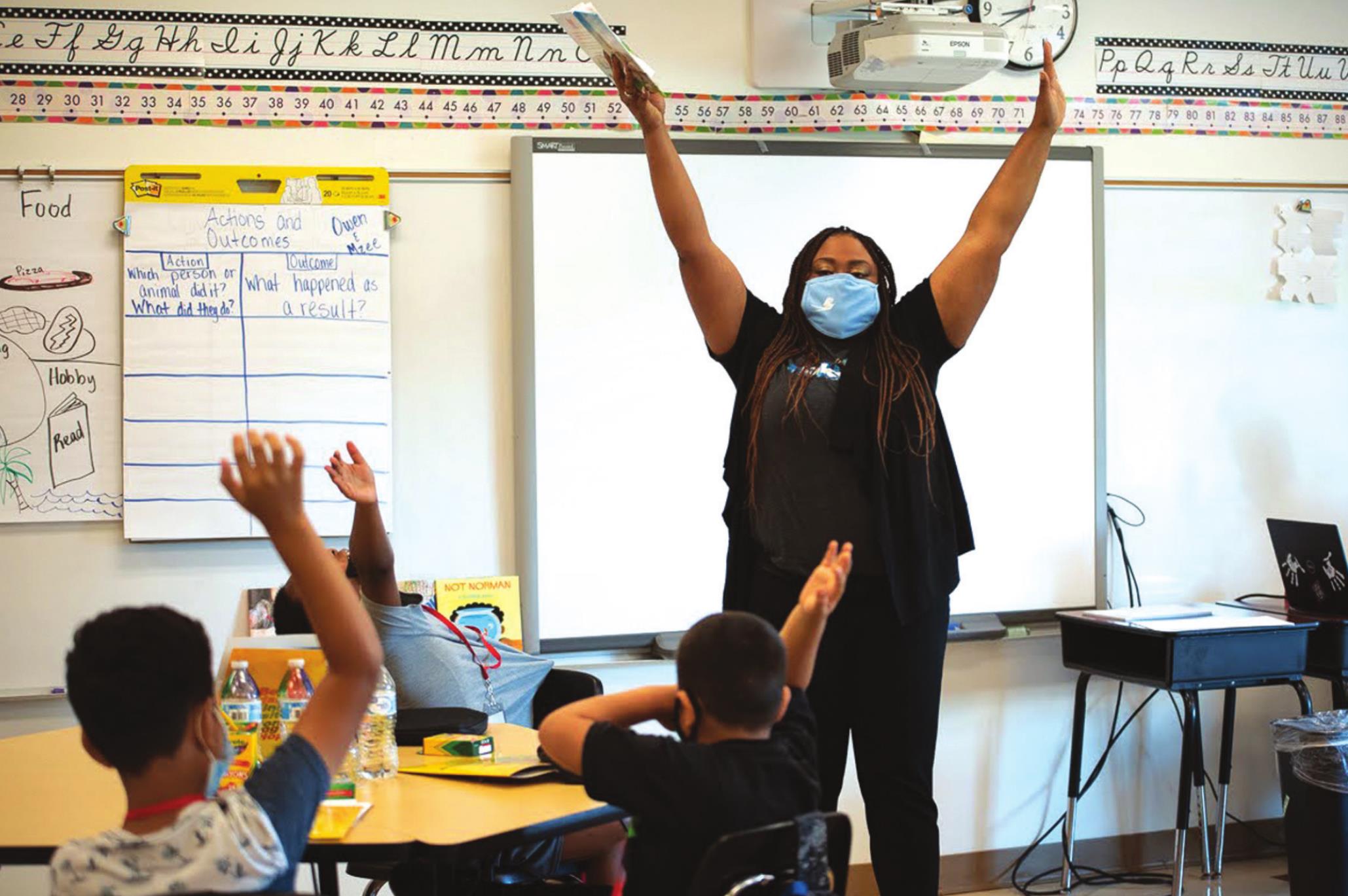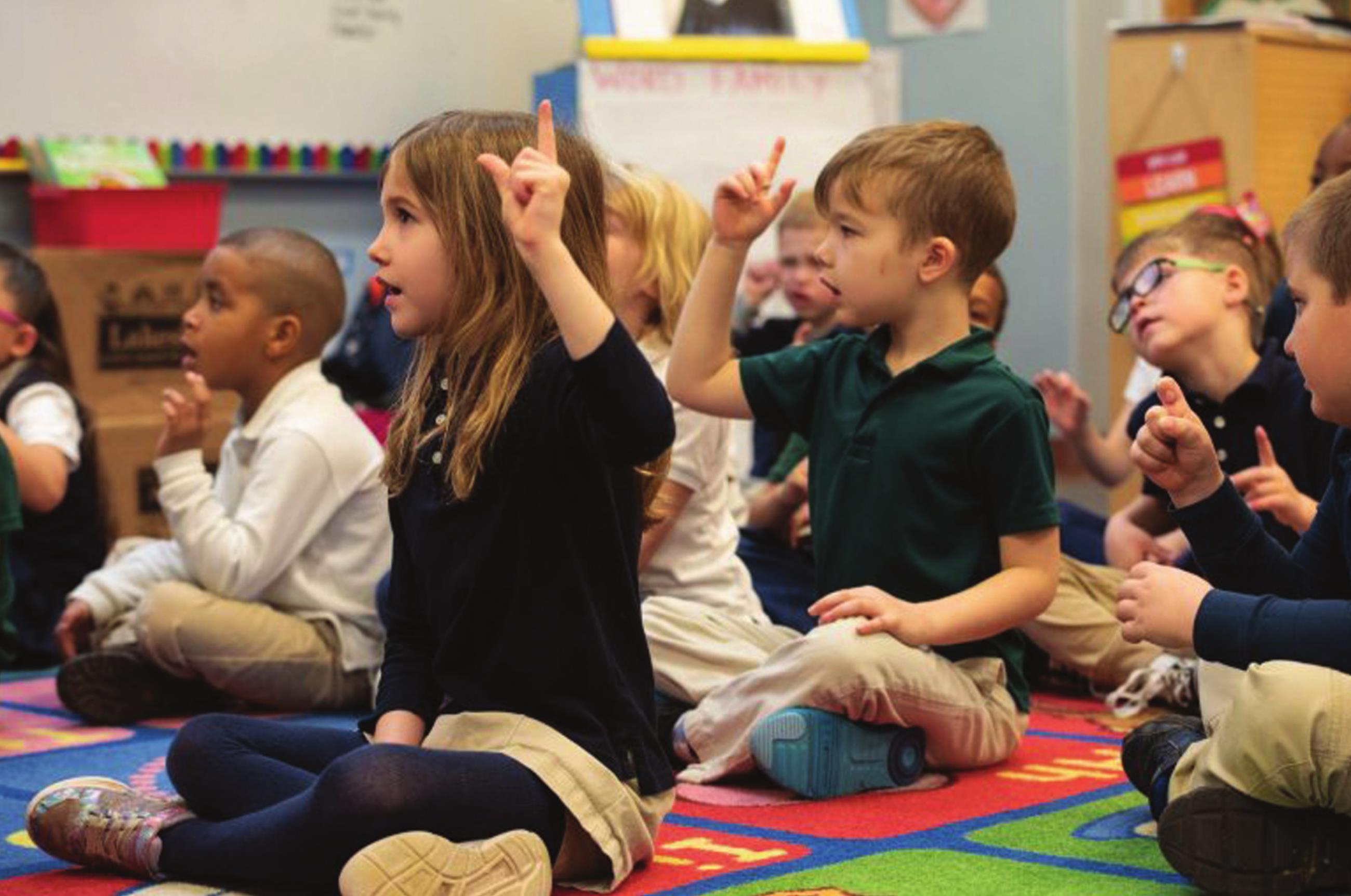On an August afternoon in the administration building’s Great Room, Oklahoma City Public Schools Superintendent Sean McDaniel arrived ready to listen.
The district was set to receive $165 million from the American Rescue Plan, a stimulus package so large it presents a once-in-a-generation opportunity to improve education. To ensure the funds are used effectively and transparently, the federal government tasked schools with first consulting families and the community on how to spend them.
Fewer than a dozen people attended that meeting for a district that enrolled 32,090 students this year.
But more than 5,000 families had already weighed in through an online survey, which was distributed by email, text message and posted on social media. District leaders had also met with a parent advisory committee and community groups representing the south and northeast sides of the city.
Those opinions informed the district’s plan to fund more than 90 supports and services at the state’s largest urban district over the next several years.
It includes new graduation coaches to focus on keeping seniors on track; just 70 percent of the district’s students graduated in 2019, data shows.
Beefed up after school and summer programs are another focus, to help students address unfinished learning, a strategy employed by many other districts as well.
“It’s a game-changer for our district, our state, and our country in regards to education,” Jason Brown, a deputy superintendent for the district, of the $165 million in federal dollars said.
Congress approved the American Rescue Plan in March, a time when Oklahoma was just wrapping up its first phase of vaccine distribution, when doses were limited to residents over 65, teachers and people with comorbidities. It was the third, and largest, stimulus package since 2020, sending $122 billion in pandemic relief funds to K-12 schools across the U.S.
Oklahoma received $1.4 billion and 90 percent of that flowed directly to schools using a formula that prioritizes high-poverty districts so as to steer more resources to students with greater needs.
While previous stimulus packages in 2020 provided immediate funding for school reopening and pandemic-related purchases, the American Rescue Plan was intended to confront the effects of the pandemic more broadly, such as addressing students’ mental health needs and helping them catch up in academics.
The efforts to tap into public opinion haven’t gone well in every community. Some districts struggled to collect responses, raising questions of whether they tried hard enough. Others tried, but found in-person gatherings complicated by COVID-19 precautions. And many families were simply hard to reach in the summer.
Unaware of the opportunity
Fewer than half of parents reached in a poll by the National Parents Union had heard of the American Rescue Plan funding, and less than 1 in 4 said they were asked for their opinion.
On hot-button issues, like masks, parents in many districts spoke out. But on this huge, historic investment in education, their voices have been too quiet.
Angela Grunewald, superintendent of Edmond Public Schools, received hundreds of emails in the week after the district announced its decision to require masks.
“This is more political than anything and the parents are tired of you and school administrators trying to tell us what is best for our kids,” one parent wrote. “Cloth masks don’t stop viruses. This is child abuse and nothing more,” wrote another. Messages of gratitude, though, were far more plentiful, like the grandparent who wrote: “Thank you for being bold enough to lead this district in the right way.”
Just weeks earlier, the district posted to its website an online survey for the families of its more than 25,000 students, asking how it should invest the $17 million it will receive from the American Rescue Plan.
Only 23 responded.
Parents may have been unaware of the opportunity. The link was posted July 22 under the “news” section of the district’s website and was not distributed on social media, a district spokeswoman said.
The district polled parent teacher organization presidents, resulting in another 22 responses.
Edmond Public Schools combined that feedback with expertise and data within their district to assess students’ needs. The district’s $17 million allocation is about one-tenth of Oklahoma City Public Schools’, due to its smaller size and higher family incomes.
The district’s plan includes investments in student mental health through additional school counselors and an elementary suicide prevention curriculum. At least seven Edmond students have died by suicide in the past two years, according to a story in The Frontier.
To compensate educators for the “extraordinary challenges” this year, Edmond also offered retention and recruitment bonuses to teachers and support staff; districts around the state are grappling with staffing shortages.
And new library books, as well as classroom novels for middle and high schools, are in the plan, too — an investment that could pay off with improved reading scores, research shows.
‘Leaving community in the dark’
Some districts recognized that their response rates fell short, and vowed to keep trying.
Tulsa Public Schools, a district of about 35,000 students, collected 200 responses to an online survey asking about the academic and social and emotional needs of students.
The district is receiving more than $130 million in American Rescue Plan funds and planning to focus on air system improvements in school buildings, as well as summer school and night school programs.
“We’re not relying only on the survey,” Jorge Robles, chief financial and operations officer for Tulsa Public Schools said. The district also sought input from other stakeholders, including tribal leaders and an advisory group that includes faith and business leaders.
“Part of what we get out of this first round is learning, OK, what do we need to do differently to make sure that there’s bigger outreach and (it’s) communicated more broadly and essentially get it on people’s radar to actually either participate or provide a response.”
Others have yet to solicit feedback from the broader community.
Norman Public Schools sent a questionnaire on masks and distance learning to all families, staff and middle and high school students in 2020. But its survey on American Rescue Plan spending was only sent to a “smaller, representative sample,” said Wes Moody, a spokesman for the district, which is receiving $18 million. He didn’t respond to four follow up requests asking to provide more detailed information on those responses.
Epic Charter Schools has done preliminary planning with a group of parents, teachers and administrators, but has yet to ask the public for feedback, said Shelly Hickman, a district spokeswoman. Epic is receiving a combined $45 million for its two schools, Epic Blended and Epic One-on-One, but does not plan to spend those funds until at least the fall of 2022, Hickman said.
To fulfill the federal government’s requirement, districts should have reached out to multiple audiences using many different methods, said Bree Dusseault, a researcher with the Center for Reinventing Public Education, a nonpartisan research center that is tracking how the nation’s 100 largest districts responded to the pandemic.
The biggest mistake districts can make right now is weak communication, she said.
“Not communicating at all about this responsibility that districts have can leave families and staff and students and community members in the dark. For those who are tuned in...it can lower their trust in the system. For those who don’t know this is going on, it’s an opportunity they may entirely miss because they don’t know it’s even available to them,” Dusseault said.
What made it hard?
One of the challenges districts had to overcome was the timing. Feedback had to be collected during the summer, when school was not in session and the delta variant was driving a COVID-19 surge that led many to avoid public gatherings.
Desarae Witmer, Yukon Public Schools’ director of curriculum and instruction, said she learned from previous town halls that public turnout is low, especially during the pandemic.
Last year the district piloted a program called Thought Exchange, which allows users to answer a question posted by the district as well as rate others’ comments.
Thought Exchange is getting more engagement than other methods they’ve used, Witmer said. More than 450 responses were gathered on a recent question asking what the district could do to better support children’s academic success.
The downside, Witmer said, is the responses are anonymous.
Yukon used $19,600 of its COVID-19 relief funds to subscribe to the service for a year, records show.
They collected feedback in other ways, too, such as meetings with district leadership and the local teachers’ association. These meetings weren’t necessarily focused on the relief funds but addressed student needs generally.
The district is receiving $5 million from the American Rescue Plan and will invest in expanded access to a math remediation program, SAT prep for juniors and seniors, and custodial services to clean classrooms, according to its plan.
Public feedback continuing
Because the funds can be spent through September 2023, some districts said they will continue to engage the community.
With a plan now publicly accessible, Brown, of Oklahoma City Public Schools, said they are looking at more opportunities to collect feedback — on the plan itself and programs that are underway.
“If we can get past some of the items that seem to take up the news cycle, for example, whether masks should be mandated, then we could have some critical conversations about what are the best strategies that work for schools and families to assist kids with some of the needs we know they have,” he said.
“I’m anxious to get feedback on really where the rubber meets the road and where we can help kids.



